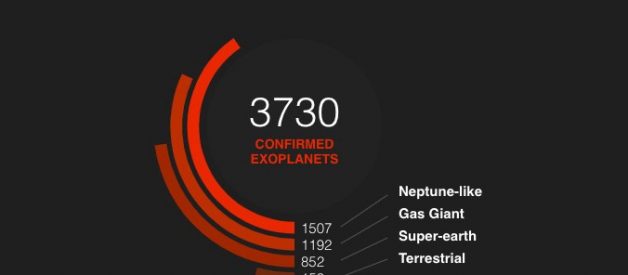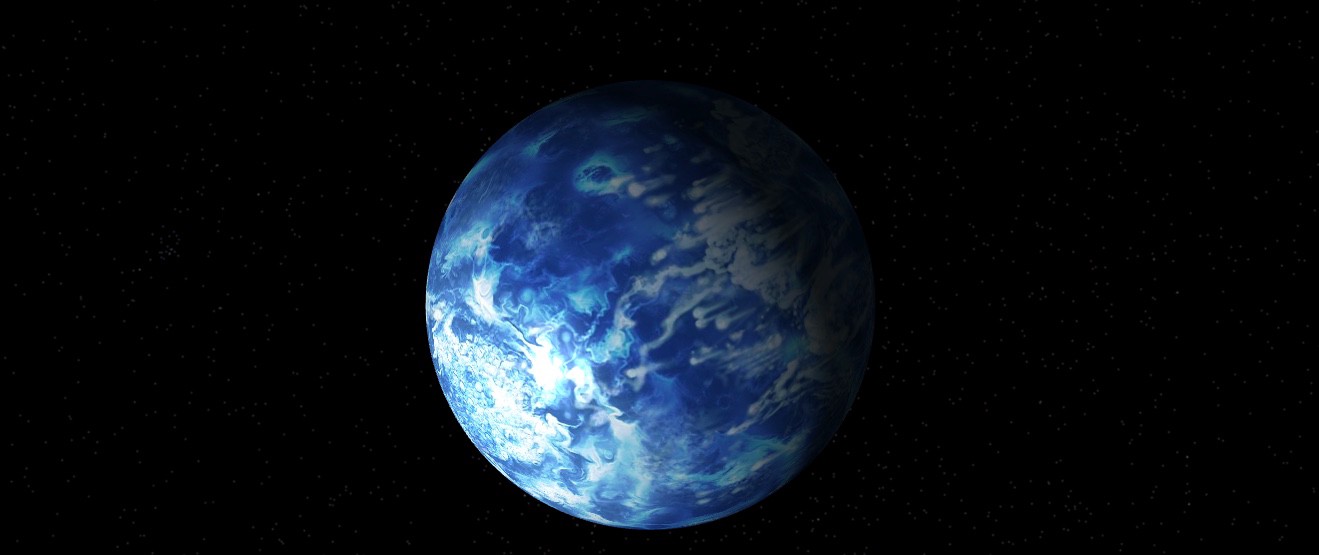 HD 189733 b: winds up to 5,400 mph ? that?s seven times the speed of sound. The blue comes from an atmosphere containing silicate particles, making it possible to rain glass sideways during its vicious winds. Credit: NASA
HD 189733 b: winds up to 5,400 mph ? that?s seven times the speed of sound. The blue comes from an atmosphere containing silicate particles, making it possible to rain glass sideways during its vicious winds. Credit: NASA
Exoplanets are defined as planets orbiting other stars outside of our own solar system. They come in a huge variety, from beautiful Earth-like environments to worlds nicknamed ?hell planets? for their merciless surfaces. You?ll find everything from planets made of diamond to planets in a deep freeze. Planets so close to their stars that their mass is being ripped away every second and planets so far from their sun we still aren?t sure how it?s possible for them to exist. Some planets are rogues and wander in darkness through our universe, others have such long years that one year in their world is equal to 900,000 years on ours.
To date we have 3,730 confirmed exoplanets, 2,724 potential candidates to be exoplanets, and 2,783 planetary systems (stars with confirmed planets).
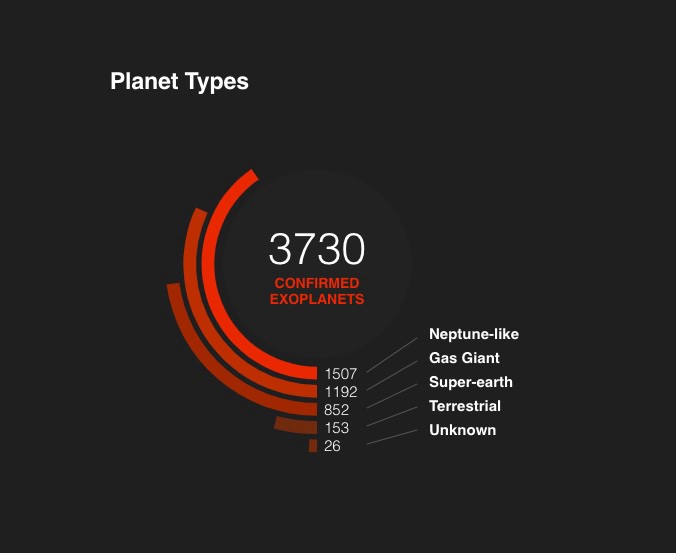 Data from NASA.
Data from NASA.
I?ve gathered here a list of some of the wildest and most terrifying of these planets.
CoRot-7 b
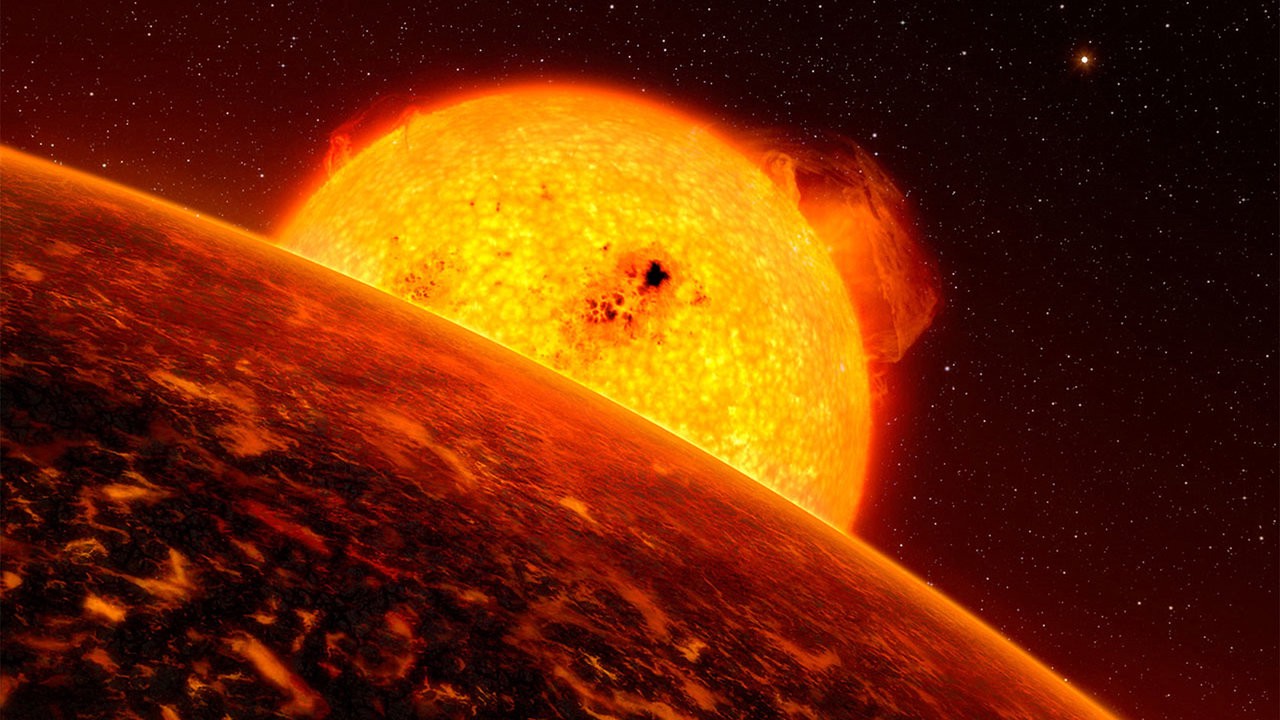 Depiction of a sunrise on CoRot-7 b?s surface. Credit: NASA
Depiction of a sunrise on CoRot-7 b?s surface. Credit: NASA
Size: A little more than 1.5 Earths
Orbital period: 20 hours or .9 Earth days
Age: 1.5 billion years old
A world of violent extremes. Two hells in one.
The reason why the sunrise on this planet looks so intense is because it?s 60 times closer to its star than we are to our sun. That is, CoRot-7 b?s star is 360 times larger in the sky. On it?s day side, this planet can reach 4,700 degrees F, hot enough to melt and vaporize rock. Condensation during cooler fronts causes pebbles to form and then rocks to rain down. Theoretical models also give the planet boiling oceans and lava. This planet is locked into position with this fire-and-brimstone half always facing the sun. The other half of the planet is bitter cold and can reach -392 degrees F, hence why it is said to be two hells in one.
When discovered in 2009, CoRot-7 b was thought to be the first rocky, Earth-like exoplanet discovered. However, we now classify it as uninhabitable and place the probability of life on this world as none. It?s believed to have formed as a gas giant 100 times the size of Earth. As it migrated closer to its star, it shed gas until only a rocky core was left.
GJ 436 b
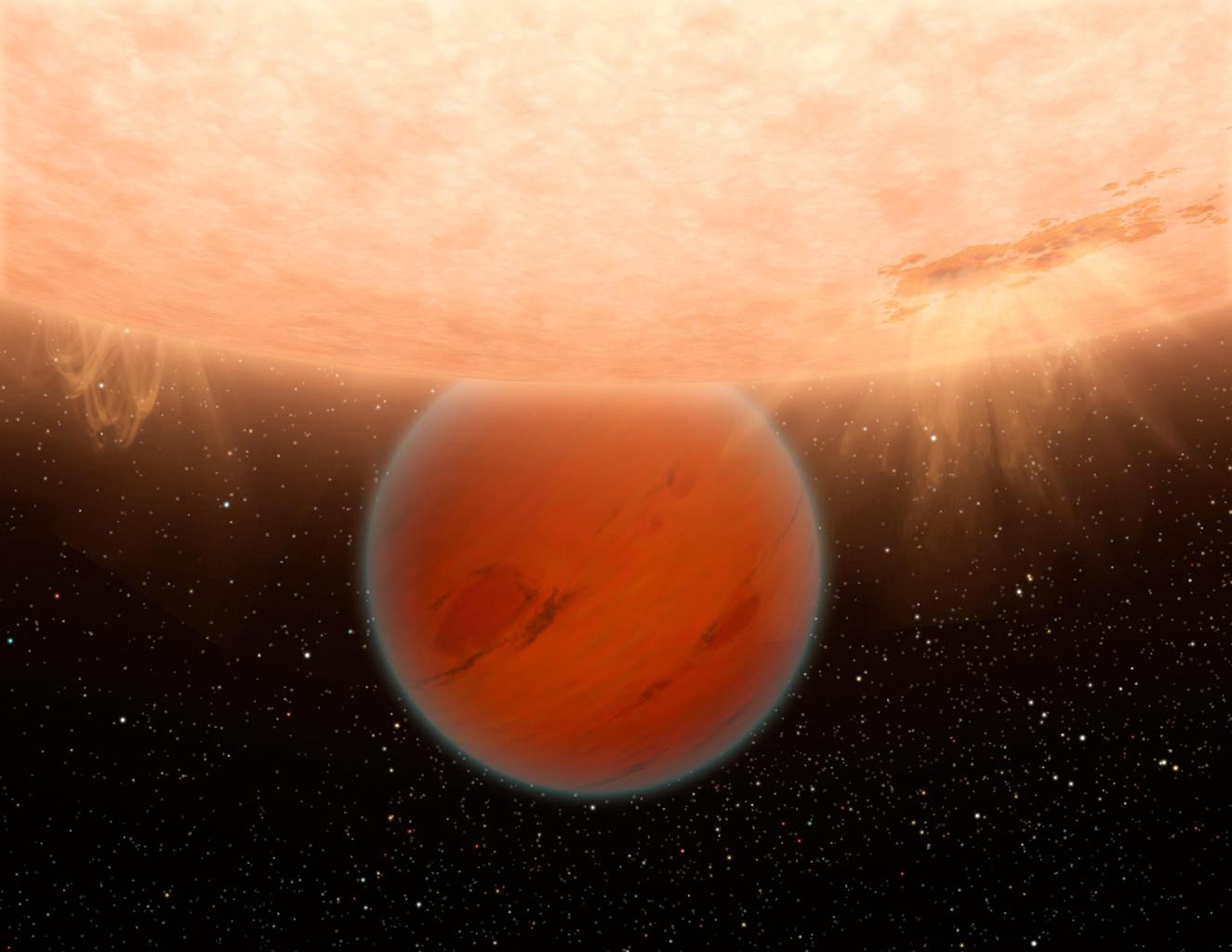
Size: about as big as Neptune
Orbital period: 2.6 Earth days
?One of the most exotic contradictions that we know of.?
30 Light years away from Earth lies the planet GJ 436 b, a planet a mere 2.5 million miles from its star (for comparison Mercury is 36 million miles from the sun). Its temperature is about 822 degrees F, certainly hot enough to evaporate water. And yet this planet is so fascinating precisely because its water remains in solid form. That is, GJ 436 b is a planet of burning ice. This isn?t the kind of ice you find here on Earth but rather a special one called Ice VII that results when it has a denser and more crystalline structure. Scientists believe this ice formed due to the strong gravitational force at the planet?s core.
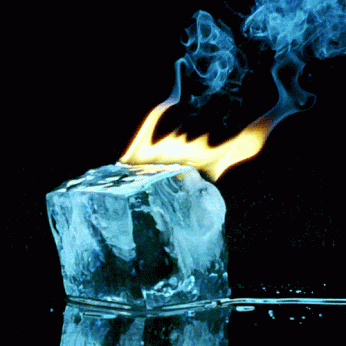
The contradictions for GJ 436 b don?t end there. Its outer layer of hydrogen and helium gas should result in high levels of methane, yet scientists are seeing over 7,000 times less methane than what should exist on the planet. Instead there are huge quantities of carbon monoxide, which may come from the planet?s core where the temperatures are sweltering.
55 Cancri E
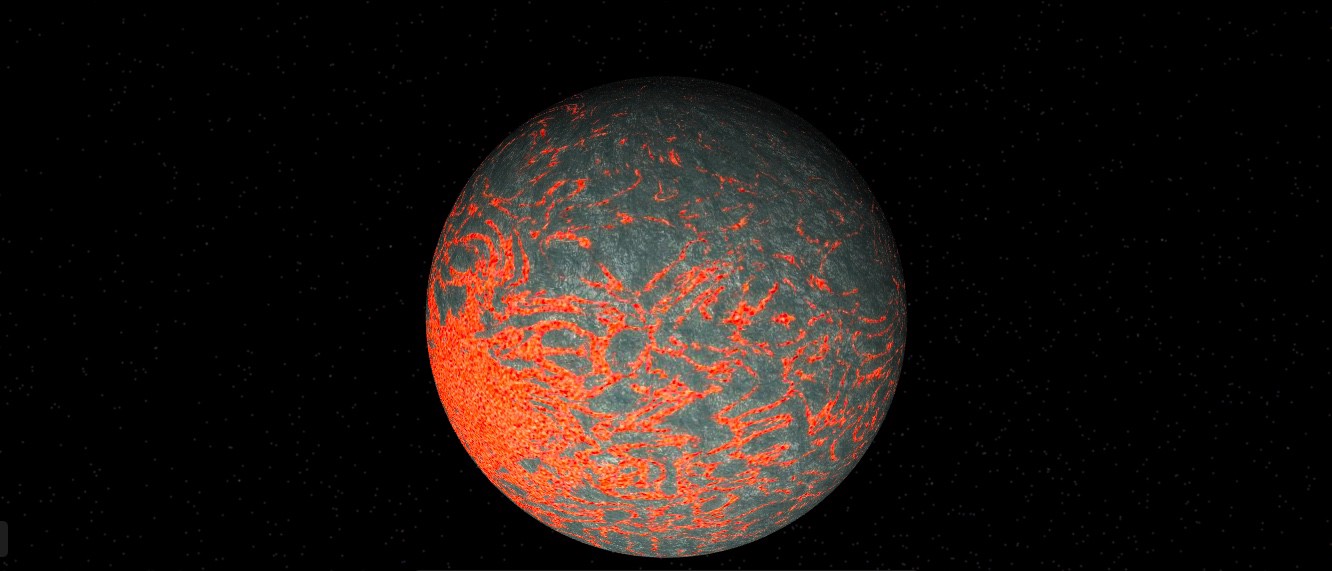
Size: about 2 Earths
Orbital period: .7 Earth days
?Strange things transpire in the twilight zone, and stranger still is the planet Jenssen.?
Also known as Jenssen, this planet is 40 light years away and is most famously known for being 1/3 diamond. This could be the result of an atmosphere that?s mostly carbon, allowing the heat and pressure from both its sun and its interior to compress the planet?s mass into diamond. It is currently valued at 26.9 nonillion dollars (one nonillion is 10?).
Similar to CoRot-7 b, Jenssen is tidal locked and has one side of the planet that always faces the sun and the other which is perpetually in darkness. It?s so close to its star that water cannot exist in a liquid state and instead exists in a supercritical state ? a strange behavior somewhere between a liquid and a gas. Whether on the ridiculously hot side of the planet where temperatures reach 4,000 degrees F or in the dark ?twilight zone?, there?s no chance you?ll survive on Jenssen. The added kick here is that the Hubble detected what could be hydrogen cyanide oozing from below the planet?s surface, giving us a superheated poisonous fluid.
Wasp 12 b
 The sun is devouring its planet and forcing it into an egg-like shape. Credit: NASA
The sun is devouring its planet and forcing it into an egg-like shape. Credit: NASA
Size: 1.8 Jupiters
Orbital period: 1.1 Earth days
?A dark and doomed world.?
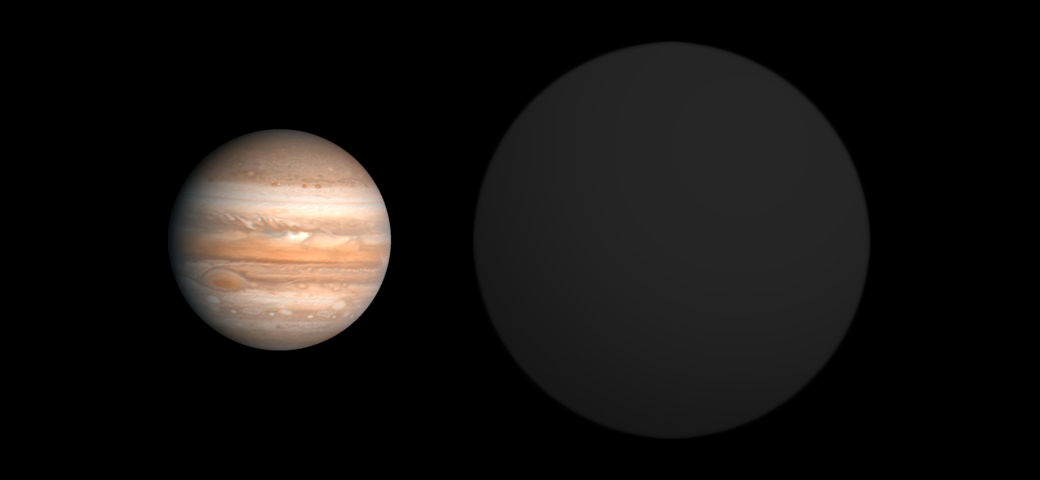 Wasp 12 b compared to Jupiter.
Wasp 12 b compared to Jupiter.
It?s strange to see a planet stretched out into such an elongated shape and yet that?s exactly what the gravity of the parent star of Wasp 12 b is doing. The planet is estimated to have only 10 million years left to live as it gets ripped apart and consumed by its sun at a rate of about 189 quadrillion tonnes every year.
Its sun isn?t the only one doing the consuming, however. Wasp 12 b was a surprise to scientists who weren?t expecting to see such a pitch black exoplanet. The world has a unique property where it absorbs, instead of reflects, 94% of light. It has been called ?black as asphalt?.
TRAPPIST-1b
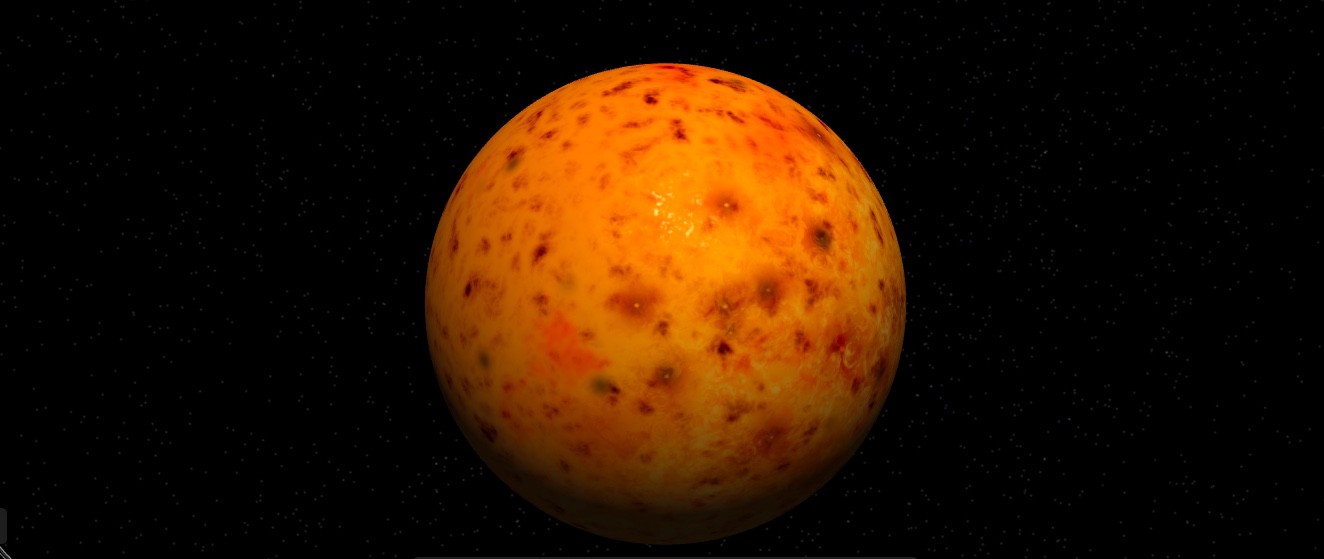
Size: about the size of Earth
Orbital period: 1.5 Earth days
?The light of six red, seemingly blood moons.?
In a system with seven planets and one red star at its center, views from the dark side could have six bright red ?moons? in the sky. They?re not actually moons but are instead six large worlds reflecting light, three of them which are within the system?s habitable zone. The planet is hot (about 2,240 degrees F) and is estimated to have, along with the other planets in its system, a combined figure of 250 times more water than we do here on Earth. Planets in this system might be up to 5% water, whereas our planet is only .02% water. At least two of Trappist planets are thought to have liquid water whereas water on Trappist-1b would be in vapor form.
This planet is also thought to be a rocky world, like Earth, and not a gas giant like Jupiter.
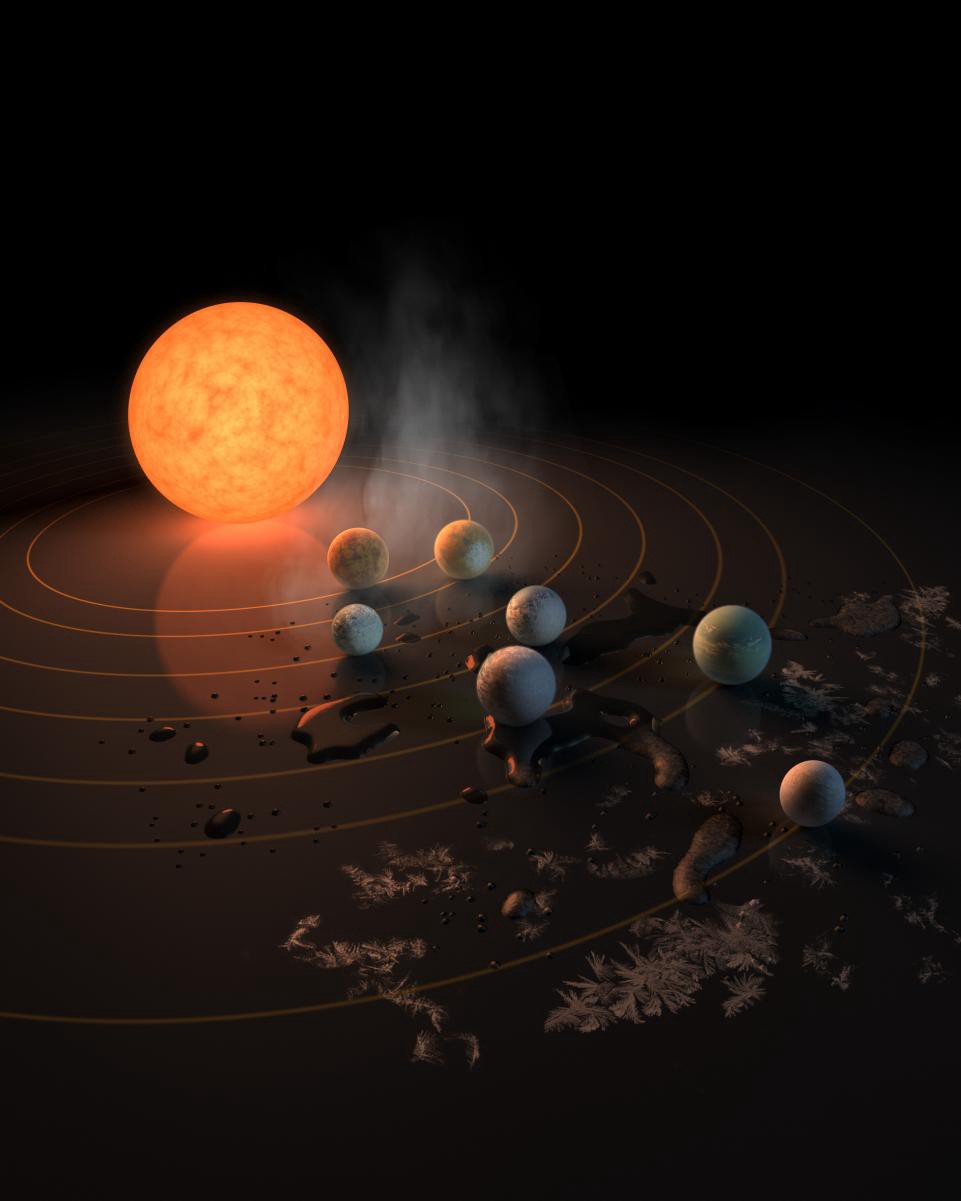 Artist rendering of Trappist system. Image by NASA.
Artist rendering of Trappist system. Image by NASA.
Honorable mentions
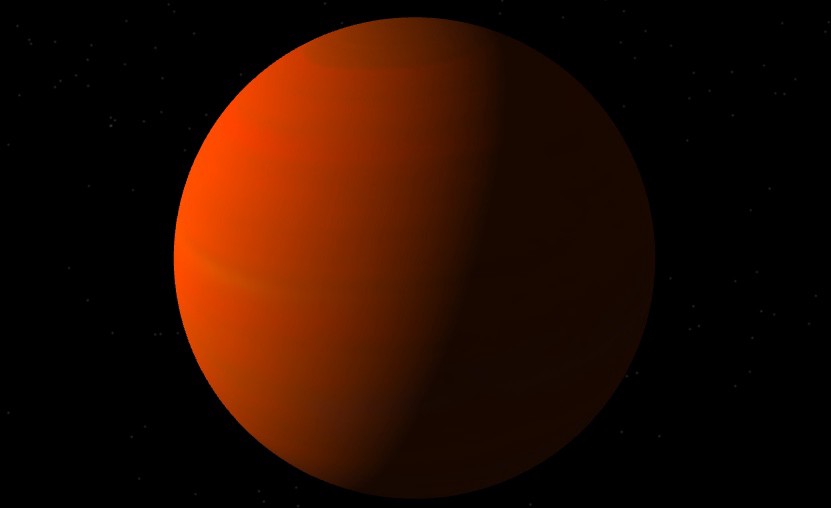 TrEs-2b, the darkest known exoplanet. It reflects less than 1% of light ? darker than coal. It might have a red glow from its burning atmosphere. Air is the same temperature as lava.
TrEs-2b, the darkest known exoplanet. It reflects less than 1% of light ? darker than coal. It might have a red glow from its burning atmosphere. Air is the same temperature as lava.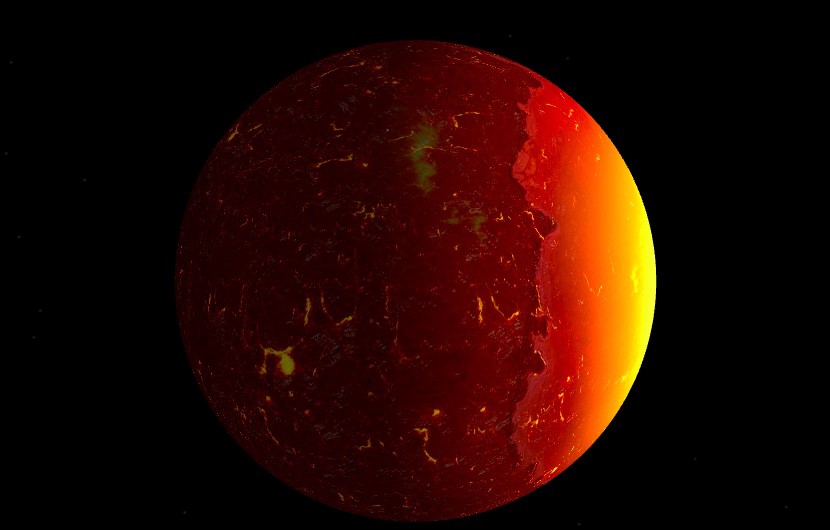 Kepler 70 b. Hottest planet discovered to date. It?s about 12,000 degrees F and is slowly vaporizing, doomed as much as its dead star.
Kepler 70 b. Hottest planet discovered to date. It?s about 12,000 degrees F and is slowly vaporizing, doomed as much as its dead star.
